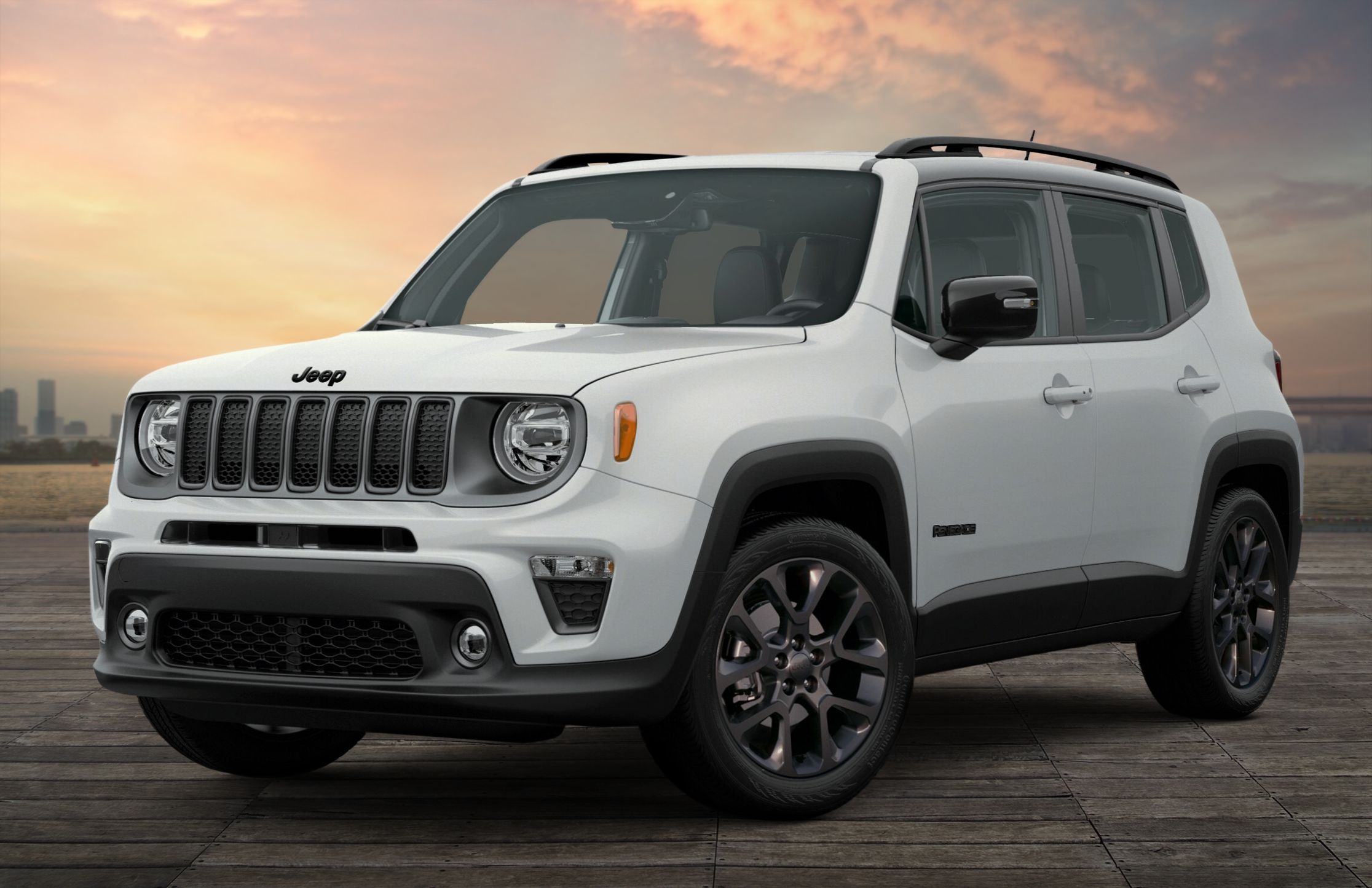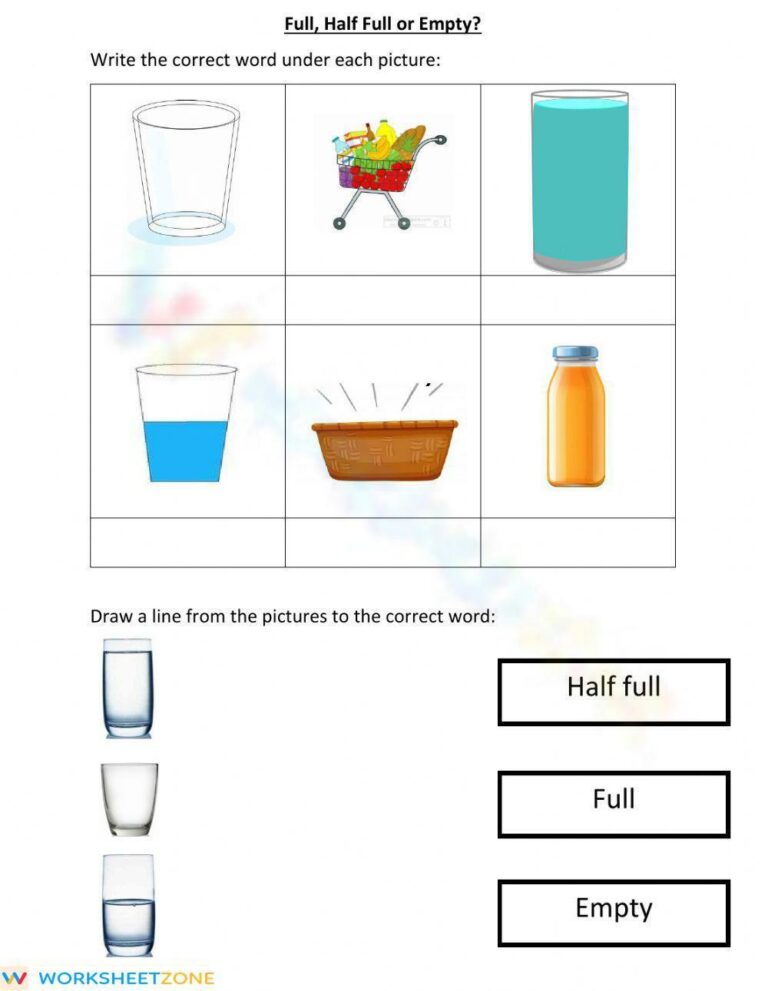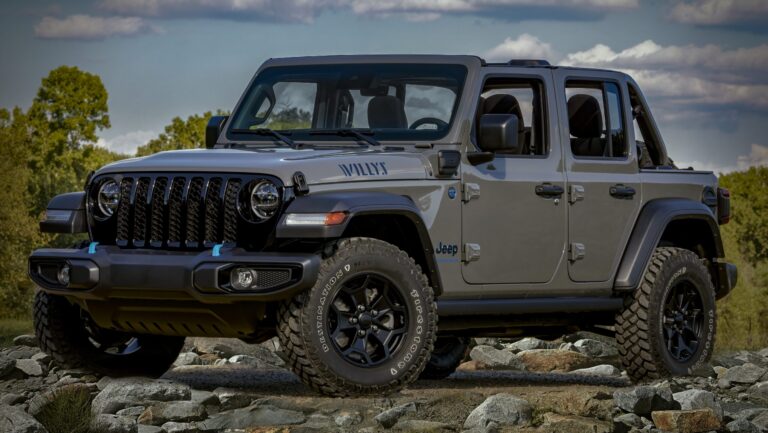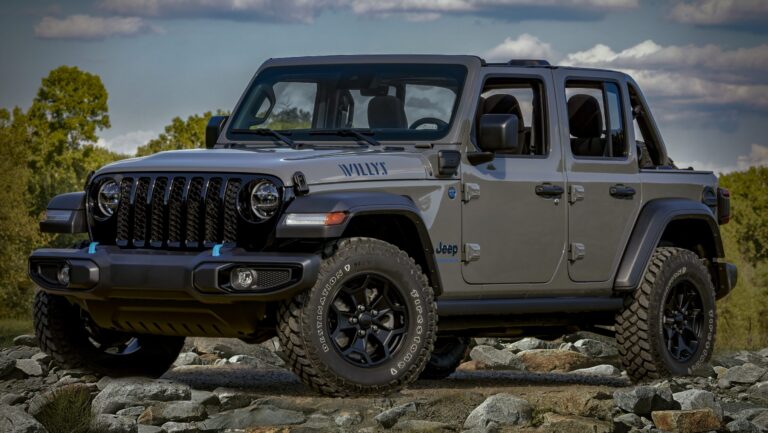Jeep Dana 44 Axles For Sale: Your Comprehensive Buying Guide
Jeep Dana 44 Axles For Sale: Your Comprehensive Buying Guide jeeps.truckstrend.com
For any serious Jeep enthusiast, the term "Dana 44" often elicits a nod of recognition and respect. It’s more than just an axle; it’s a benchmark of strength, reliability, and off-road capability. When considering upgrades, replacements, or custom builds for your beloved rig, the quest for Jeep Dana 44 Axles For Sale becomes a pivotal point in your journey. These heavy-duty axles are renowned for their robust construction, making them a popular choice for those pushing the limits of their vehicles, whether tackling treacherous rock crawling trails, navigating deep mud, or simply seeking enhanced durability for larger tires and more demanding adventures.
This comprehensive guide aims to demystify the process of finding, evaluating, and purchasing Jeep Dana 44 Axles For Sale. We’ll delve into why they are so sought after, where to find them, crucial considerations before you buy, and practical advice to ensure you make an informed decision that elevates your Jeep’s performance and longevity.
Jeep Dana 44 Axles For Sale: Your Comprehensive Buying Guide
Why Choose a Dana 44 Axle for Your Jeep?
The appeal of the Dana 44 axle lies in its significant upgrade in strength and durability compared to its lighter-duty counterparts, such as the Dana 30 (front) and Dana 35 (rear) often found in many stock Jeep models. While the Dana 30 and 35 are adequate for light off-roading and daily driving, they quickly reach their limits when larger tires (33 inches and above), lower gearing, or aggressive off-road conditions are introduced.
Here’s why the Dana 44 is a preferred choice:
- Superior Strength: With a larger ring and pinion gear, thicker axle tubes, and often larger axle shafts, the Dana 44 can handle more torque and impact without bending or breaking. This is crucial for maintaining reliability when airing down tires, engaging lockers, or navigating challenging obstacles.
- Ideal for Larger Tires: If you plan to run 35-inch tires or larger, a Dana 44 becomes almost a necessity to prevent premature failure of your drivetrain components. It can handle the increased leverage and strain imposed by bigger tires far more effectively.
- Abundant Aftermarket Support: The Dana 44 has been a staple in the off-road community for decades, leading to a vast aftermarket of performance parts. From lockers and chromoly axle shafts to heavy-duty differential covers and truss kits, upgrading and reinforcing a Dana 44 is straightforward and well-supported.
- OEM Integration: Many premium Jeep models, such as the TJ Rubicon, JK Rubicon, JL Rubicon, and JT Gladiator Rubicon, came equipped with Dana 44 axles from the factory, signifying their robust capabilities and providing a direct swap option for owners of less-equipped models. Even older Jeeps like some XJ Cherokees, YJ Wranglers, and CJ models had Dana 44 rears.
- Improved Durability: Beyond just strength, the overall design and engineering of the Dana 44 contribute to a more durable and reliable axle assembly, reducing the likelihood of trailside breakdowns.

For anyone serious about improving their Jeep’s off-road prowess and ensuring its longevity under demanding conditions, investing in Jeep Dana 44 Axles For Sale is a highly recommended upgrade.
Identifying and Sourcing Jeep Dana 44 Axles
The journey to acquiring your Dana 44 axle begins with understanding where to look and what to look for. You have several avenues, each with its own advantages and disadvantages.

New vs. Used Axles
- New Dana 44 Axles: These typically come as complete assemblies from aftermarket manufacturers like Dynatrac, Currie Enterprises, TeraFlex, or Spicer. They offer maximum strength, often with upgraded components (e.g., larger tubes, stronger shafts), and come with warranties. The primary downside is the significantly higher cost.
- Used Dana 44 Axles: These are pulled from donor vehicles and represent a more budget-friendly option. They require careful inspection and potentially rebuilding, but can offer excellent value.

Where to Find Jeep Dana 44 Axles For Sale
-
Salvage Yards/Junkyards: This is often the first stop for budget-conscious buyers. Look for specific donor vehicles known to have Dana 44s:
- Jeep TJ Rubicon: Both front and rear Dana 44s. These are highly sought after due to their relatively narrow width, making them ideal for TJ/YJ/CJ swaps.
- Jeep JK Rubicon: Both front and rear Dana 44s. These are wider than TJ axles but are robust and common.
- Jeep JL Rubicon & JT Gladiator Rubicon: Next-generation Dana 44s (often referred to as Dana 44 AdvanTEK), even stronger, but newer and thus more expensive/harder to find used.
- Jeep XJ Cherokee/MJ Comanche: Some rare variants had a rear Dana 44.
- Jeep Grand Cherokee (ZJ/WJ): Some models (e.g., ZJ 5.9L Limited, WJ V8s) came with aluminum Dana 44a rear axles, which are lighter but less desirable for heavy off-roading due to the aluminum housing. Be wary of these if you need maximum strength.
- Ford F-150/Bronco (early models), Chevrolet K5 Blazer/K10, Dodge Ram: Some older full-size trucks used Dana 44s, particularly for the front. These will be much wider and require significant modification for a Jeep swap.
When inspecting at a junkyard: Look for bent axle tubes, severe rust, stripped bolt threads on the differential cover, and excessive play in axle shafts or U-joints (front). If possible, try to determine the gear ratio by rotating the input yoke and counting wheel rotations.
-
Online Marketplaces:
- Facebook Marketplace & Local Buy/Sell/Trade Groups: Excellent for finding local deals. Search for "Jeep Dana 44," "TJ Dana 44," "JK Dana 44," etc.
- Craigslist: Similar to Facebook, good for local finds.
- eBay: Wider selection, but shipping can be very expensive for axles. Good for specific parts or complete assemblies from distant sellers.
- Dedicated Jeep Forums (e.g., JeepForum.com, JK-Forum.com): Many forums have "for sale" sections where members sell parts. This often means dealing with fellow enthusiasts who are knowledgeable and might provide more accurate descriptions.
-
Specialty Off-Road Shops: Many off-road fabrication or parts shops sell new, rebuilt, or sometimes used Jeep Dana 44 Axles For Sale. These are often more expensive but come with the assurance of professional inspection or rebuilding.
Axle Identification Tips
- Differential Cover Shape: The Dana 44 typically has a distinctive oval-shaped differential cover with 10 bolts. The Dana 30 has a similar shape but is smaller, and the Dana 35 has a more rounded, less defined shape, also with 10 bolts.
- Tube Diameter: Dana 44 tubes are generally larger in diameter than Dana 30/35 tubes.
- Webbing: The Dana 44 housing often has more robust webbing around the differential pumpkin for added strength.
- Bill of Materials (BOM) Tag: Some Dana axles have a small metal tag bolted to the differential cover that contains a BOM number. This number can be cross-referenced on Spicer’s website to identify the exact axle model and specifications.
Key Considerations When Buying a Dana 44 Axle
Purchasing Jeep Dana 44 Axles For Sale requires more than just finding one; it demands careful evaluation to ensure it meets your specific needs and is a worthwhile investment.
-
Front vs. Rear Application:
- Front Axles: Include steering knuckles, ball joints, U-joints (or CV joints), and provisions for steering and track bar mounts. They can be "high-pinion" (pinion enters above the centerline of the axle, common in front) or "low-pinion" (pinion enters below, common in rear). High-pinion is generally stronger for front applications as the gear teeth engage on the "drive side" under forward motion.
- Rear Axles: Simpler, without steering components, but often include parking brake assemblies.
-
Gear Ratio: This is critical. Your front and rear axles must have the same gear ratio. If you’re only buying one axle, ensure its ratio matches your existing one. If buying a pair, you’ll need to decide on a ratio appropriate for your tire size and driving style (e.g., 4.10, 4.56, 4.88, 5.13). Swapping gears is an additional significant expense.
-
Axle Width: Dana 44s come in various widths depending on the donor vehicle.
- TJ Rubicon: Relatively narrow, often preferred for older Jeeps (YJ, CJ) or TJs that want to keep tires tucked.
- JK Rubicon: Wider than TJ axles, suitable for JK/JL/JT platforms or custom builds where wider stance is desired.
- Custom Widths: Aftermarket axles can be ordered in specific custom widths. Ensure the width you choose is compatible with your fender flares, tire size, and desired stance.
-
Axle Shafts:
- Stock: Generally 30-spline (TJ Rubicon front/rear, JK Rubicon front) or 32-spline (JK Rubicon rear, JL/JT Rubicon front/rear).
- Aftermarket: Many buyers upgrade to stronger chromoly shafts with higher spline counts (e.g., 35-spline) for extreme use. Check if the axle comes with stock or upgraded shafts.
-
Condition (for Used Axles):
- Housing Integrity: Inspect for bends, cracks, or severe rust. A bent housing is a deal-breaker unless you plan on replacing it.
- Ball Joints/U-Joints (Front): Check for play. Worn components will need replacement.
- Differential Internals: Listen for grinding or whining if the axle is still in a vehicle. If removed, check for excessive play in the pinion or carrier. Look for metal shavings in the fluid.
- Differential Type: Is it an open differential, limited-slip differential (LSD), or a locker (e.g., Tru-Lok in Rubicons)? Knowing this affects its performance and value.
- Mounting Brackets: Check the condition of the spring perches, control arm mounts, and track bar mounts. These can be cut off and re-welded for swaps, but good condition is a plus.
-
Brakes: Used axles often come without brake calipers, rotors, or even backing plates. Factor in the cost of new brake components and ensure they are compatible with your Jeep’s master cylinder and brake lines.
-
Bolt Pattern: Most Jeeps use either a 5×4.5-inch (TJ, YJ, XJ, ZJ) or 5×5-inch (JK, JL, JT, WJ) bolt pattern. Ensure the axle’s bolt pattern matches your wheels or plan for wheel adapters/spacers.
By thoroughly evaluating these factors, you can avoid costly surprises and ensure the Jeep Dana 44 Axles For Sale you purchase are a true asset to your build.
The Installation Process (Overview & Tips)
Once you’ve secured your Dana 44 axle, the next step is installation. This can be a significant undertaking, depending on your mechanical skill level and the compatibility of the axle with your Jeep.
-
DIY vs. Professional Installation:
- DIY: Possible for experienced mechanics with proper tools (jack stands, floor jack, torque wrench, impact gun, various wrenches/sockets). Requires knowledge of suspension, steering, brakes, and driveshafts.
- Professional: Recommended if you’re unsure, lack proper tools, or if extensive fabrication (e.g., welding new control arm mounts, setting pinion angle) is required for a non-direct swap.
-
Key Steps (General Overview):
- Preparation: Lift the Jeep safely, support it on jack stands. Disconnect battery.
- Removal of Old Axle: Disconnect driveshaft, brake lines, steering components (front), track bar, shocks, control arms, and coil springs.
- Installation of New Axle: Carefully position the new axle. Reconnect all components in reverse order. Ensure proper torque on all fasteners.
- Fluid & Brakes: Fill the differential with new gear oil (and friction modifier if it’s an LSD). Bleed the brake system thoroughly.
- Alignment (Front Axle): A professional alignment is crucial after installing a front axle to ensure proper steering and tire wear.
-
Tips for a Smooth Swap:
- Research: Watch online videos, consult forums, and read service manuals specific to your Jeep and the donor axle.
- New Hardware: Plan to replace old bolts, nuts, and crush sleeves.
- Seals & Bearings: Consider replacing axle seals and wheel bearings while the axle is out, especially if it’s a used unit.
- Driveshaft Length: A new axle might require a different length driveshaft. Measure carefully.
- Pinion Angle: Critical for reducing driveline vibrations, especially with lifted Jeeps. This might require adjustable control arms or shims.
Upgrading Your Dana 44 Axle
Even a stock Dana 44 can be improved. Many owners choose to reinforce and upgrade their axles for even greater strength and performance:
- Lockers: Adding a selectable (e.g., ARB Air Locker, Eaton E-Locker) or automatic (e.g., Detroit Locker) differential greatly enhances traction off-road.
- Chromoly Axle Shafts: Stronger than stock shafts, reducing the risk of snapping under extreme stress.
- Heavy-Duty Differential Covers: Protect the differential from impacts and often increase fluid capacity.
- Trussing and C-Gussets: Welding reinforcement kits to the axle tubes and inner C-knuckles (front) prevents bending and adds rigidity, especially when running larger tires and aggressive driving.
- Reinforced Control Arm Mounts: If you’re doing a custom swap or heavy-duty use, stronger control arm mounts can be welded on.
Jeep Dana 44 Axles For Sale: Price Guide
The price of Jeep Dana 44 Axles For Sale varies significantly based on their condition, whether they are new or used, included components, and the specific donor vehicle. This table provides a general estimate:
| Type/Condition | Application | Estimated Price Range ($) | Typical Inclusions/Notes |
|---|---|---|---|
| Used (Salvage/Private Sale) | Front | $500 – $1,500 | Housing, shafts, differential, knuckles. Condition varies, may need rebuild. No brakes. |
| Used (Salvage/Private Sale) | Rear | $400 – $1,200 | Housing, shafts, differential. Condition varies, may need rebuild. No brakes. |
| Used (Rubicon Take-Offs) | Front | $1,500 – $3,000+ | Housing, shafts, Rubicon locker, knuckles. Often in better condition, but still used. May or may not include brakes. |
| Used (Rubicon Take-Offs) | Rear | $1,200 – $2,500+ | Housing, shafts, Rubicon locker. Often in better condition, but still used. May or may not include brakes. |
| Rebuilt/Refurbished | Front | $2,000 – $4,000 | Professionally rebuilt, new bearings, seals, often includes new gears/locker. May or may not include brakes. |
| Rebuilt/Refurbished | Rear | $1,800 – $3,500 | Professionally rebuilt, new bearings, seals, often includes new gears/locker. May or may not include brakes. |
| New (Aftermarket Housing Only) | Either | $1,000 – $2,500 | Bare housing from manufacturers like Currie, Dynatrac, etc. No internals, shafts, or brakes. |
| New (Aftermarket Complete Axle) | Either | $4,000 – $10,000+ | Complete, custom-built, often with upgraded components (chromoly shafts, lockers, heavy-duty tubes, custom width). |
Note: Prices are estimates and can fluctuate based on market demand, location, specific included components (e.g., lockers, upgraded shafts), and seller.
Frequently Asked Questions (FAQ) about Jeep Dana 44 Axles For Sale
Q1: Is a Dana 44 really necessary for my Jeep?
A1: If you plan on running 35-inch tires or larger, engaging in aggressive off-roading (rock crawling, heavy mud), or adding significant power upgrades, a Dana 44 is highly recommended for improved durability and reliability over stock Dana 30/35 axles. For light trails and street driving, it’s not strictly necessary but provides peace of mind.
Q2: Can I just swap a Dana 44 into my Jeep that came with a Dana 30/35?
A2: Yes, it’s a common upgrade. However, it’s rarely a direct bolt-in unless you’re swapping a TJ Rubicon axle into a non-Rubicon TJ. You’ll likely need to address differences in width, spring perches, control arm mounts, brake compatibility, and driveshaft length. For front axles, steering components and track bar mounts may also need modification.
Q3: What’s the difference between a high-pinion and low-pinion Dana 44?
A3: A high-pinion axle (e.g., HP Dana 44 front from a Ford F-150) has the pinion gear enter the differential above the centerline of the axle shaft. This design offers better driveshaft clearance and stronger gear engagement when driving forward, making it ideal for front axle applications. A low-pinion axle (common in rear axles and some older front Dana 44s) has the pinion enter below the centerline.
Q4: Should I buy a bare housing or a complete axle?
A4: A bare housing is cheaper but requires you to source all internal components (ring and pinion, carrier, axle shafts, bearings, seals) and have them professionally set up. A complete axle (even used) is more expensive upfront but gets you closer to a bolt-in solution, though it may still require rebuilding or new components. Your budget and mechanical expertise will dictate the best choice.
Q5: How do I determine the gear ratio of a used Dana 44?
A5: The easiest way is to look for a tag on the differential cover. If no tag, you can manually calculate it: With the axle on jack stands (or in the vehicle), rotate the driveshaft yoke (or input pinion) and count how many times it spins for one full rotation of the wheel. For example, if the yoke spins approximately 4.56 times for one wheel rotation, it’s a 4.56 ratio. (Note: For open differentials, you’ll need to spin both wheels in the same direction or block one wheel and double the count).
Conclusion
Acquiring Jeep Dana 44 Axles For Sale is a significant step towards building a more robust and capable off-road machine. Whether you’re upgrading from a weaker stock axle, replacing a damaged one, or embarking on a custom build, the Dana 44 offers a proven track record of strength and adaptability. By understanding the different sourcing options, carefully evaluating the axle’s condition and specifications, and planning for the installation process, you can make an informed decision that will undoubtedly enhance your Jeep’s performance for years to come. Take your time, do your research, and enjoy the confidence that comes with having a Dana 44 under your rig, ready for whatever the trail throws your way.






